Mastering Rabbit Introductions: A Guide to Building Your Bunny Bond

Introduction: Adding a new member to your rabbit family is an exciting venture, but one that comes with its own set of challenges. Rabbits are inherently social creatures that thrive on companionship, yet they also possess a strong territorial instinct. Successfully introducing a new rabbit into your existing colony or to another rabbit requires patience, understanding, and a careful approach to ensure a harmonious integration. This blog offers comprehensive insights and practical tips on how to introduce rabbits to each other, fostering a peaceful and bonded rabbit community.
Preparing for Introduction
Choosing the Right Match
When considering a new addition, look for a rabbit whose age, size, and temperament complement your existing rabbit(s). Opposite sexes often pair well, but remember, neutering is essential to prevent unwanted litters and reduce territorial and aggressive behaviors.
Setting the Stage
Prepare a neutral space where neither rabbit has established territory. This can be a room your existing rabbit seldom enters or a completely new area. Ensure the space is rabbit-proofed and equipped with multiple hiding spots and escape routes to reduce stress during the initial meeting.
The Introduction Process
Meeting on Neutral Ground
A neutral territory outside of both rabbits' established domains helps prevent territorial aggression. Initial meetings should be brief and closely supervised. Look for positive signs such as curiosity, calm sniffing, or even grooming. Aggressive behaviors, such as lunging, biting, or chasing, require immediate separation and gradual reintroduction.
Traveling Together
Bringing the rabbits home together in the same carrier can help strengthen their bond, as shared experiences, especially those involving a bit of stress, tend to bring rabbits closer. However, this should only be attempted if their first meeting is positive and they show no signs of aggression toward each other.
Monitoring and Managing Early Interactions
After the initial meeting, continue to supervise interactions closely. Allow the rabbits to interact in the neutral area daily, gradually increasing the duration as they become more comfortable with each other. Observing their body language and interactions will guide you in understanding their relationship's progress.
Establishing a Shared Living Space
Once the rabbits consistently display positive behaviors toward each other—such as mutual grooming, lying together, or eating side by side—you can begin to introduce them to a shared living space. This area should be neutral and reconfigured to disrupt any remaining scent markers, with double resources (water bowls, feeding stations, litter boxes) to avoid competition.
Long-term Considerations
Even after a successful introduction, it's essential to monitor the rabbits' interactions regularly, especially in the first few weeks of cohabitation. Changes in the environment, health issues, or hormonal shifts can affect their relationship dynamics. Regular bonding activities, such as feeding or grooming sessions, can help maintain and strengthen their bond.
Conclusion
Introducing a new rabbit to your home requires time, patience, and a thoughtful approach. By understanding rabbit social dynamics and carefully managing their interactions, you can help ensure a smooth integration process, resulting in a happy and cohesive bunny family. Remember, every rabbit is unique, and some pairs may take longer to bond than others. With commitment and careful observation, you can facilitate a friendship that provides your rabbits with the companionship and stimulation they need to thrive.
No comments



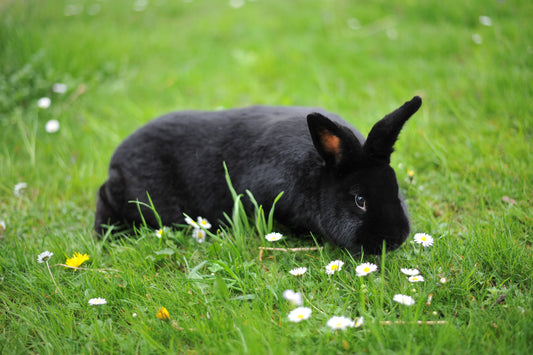


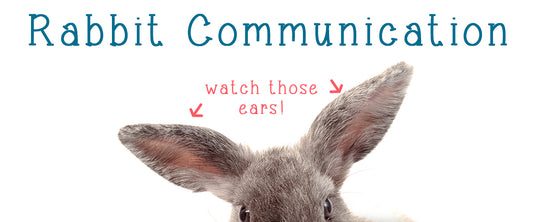



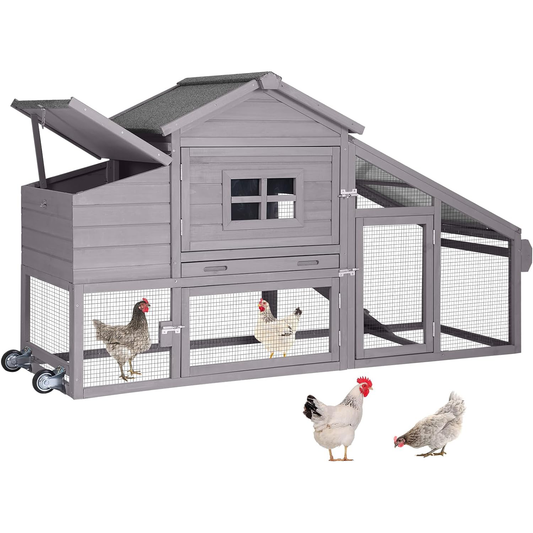



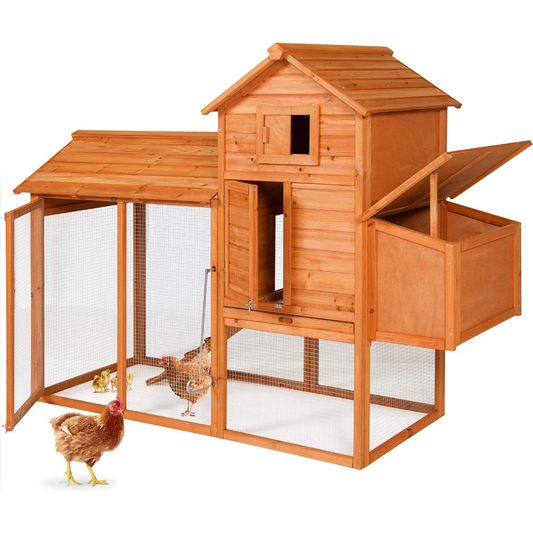



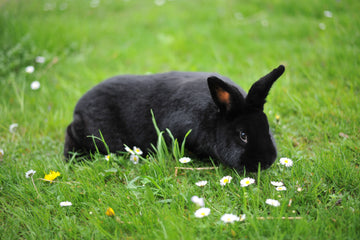

0 comments